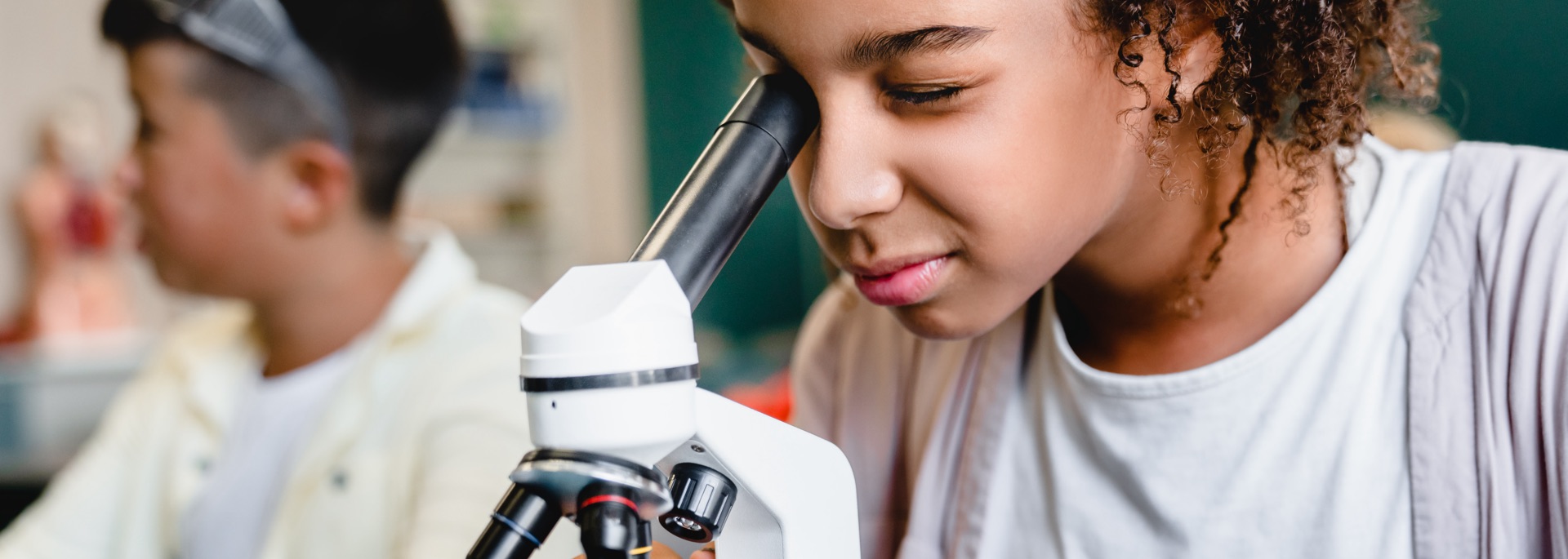
Grades:
5th Grade, 6th Grade, 7th Grade, 8th Grade
Students use the engineering design process to plan, create, code, and share a unique, functioning illuminating e-textile sweater using a Circuit Playground Express (CPX).
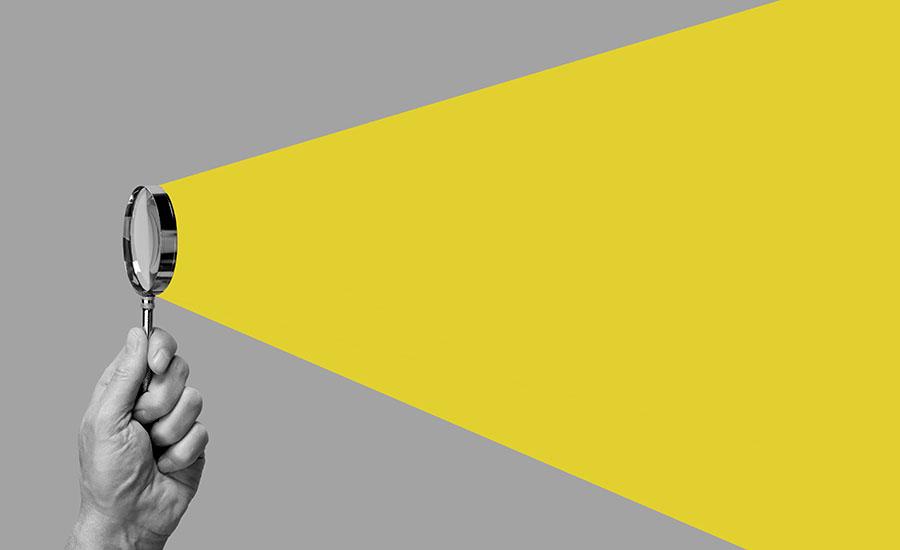
Grades:
9th Grade, 10th Grade, 11th Grade, 12th Grade
In this lesson, students will explore the key physics principles that govern the design and operation of street lighting systems. Through a hands-on engineering design challenge, students will apply

Grades:
4th Grade
Students will conduct research about different types of severe weather and how to prepare for it, then share their research with classmates via slideshow presentations.
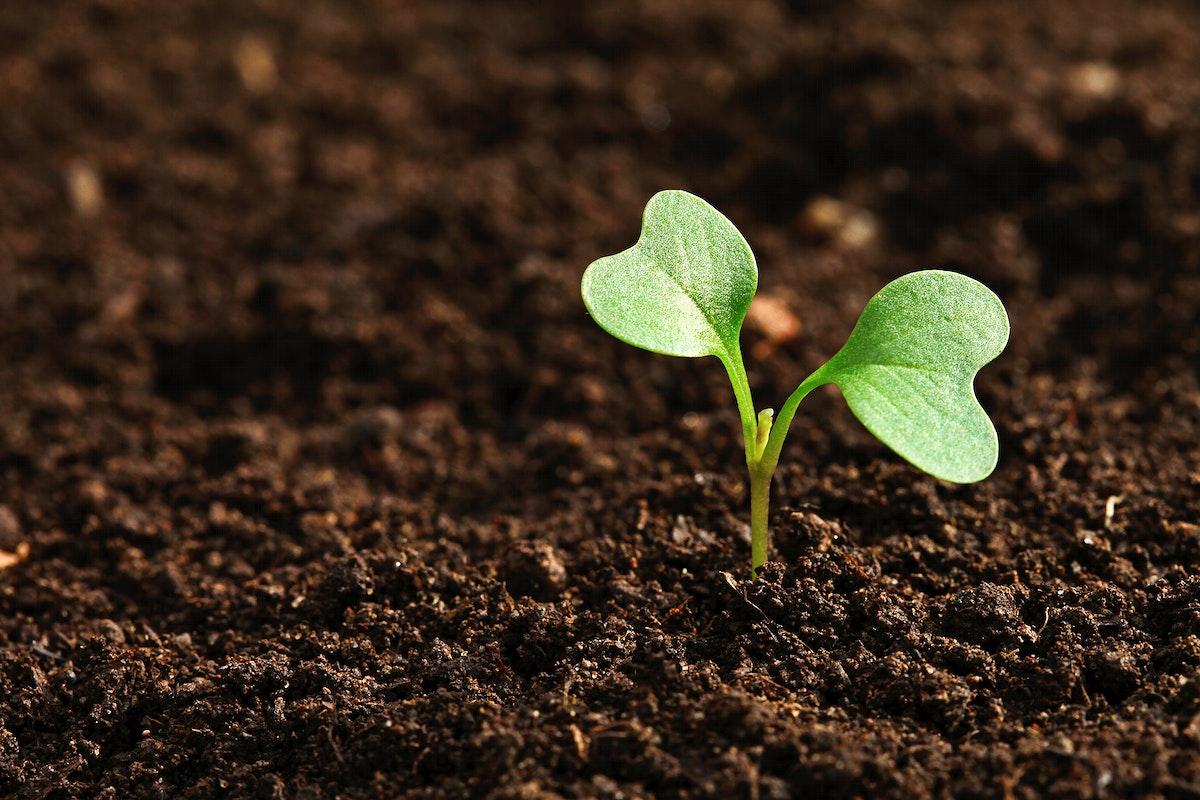
Grades:
4th Grade
Students will act as scientists who are tasked with designing and modeling a new plant that has special adaptations to help it survive in an extreme environment!

Grades:
9th Grade, 10th Grade, 11th Grade, 12th Grade
Slow Sustainable Fashion T-Shirts combines art, design, math, and technology. Student will gain and understanding of sustainable slow fashion design by deconstructing a recycled printed t-shirt and

Grades:
6th Grade
Students will be designing a shade structure to fit a mini-raised garden bed in order to help it adapt to the increasing sunshine in summer.

Grades:
6th Grade
Students will track and collect data on the growth of micro-greens. They will also make a time lapse animation of the growth of the micro-greens.
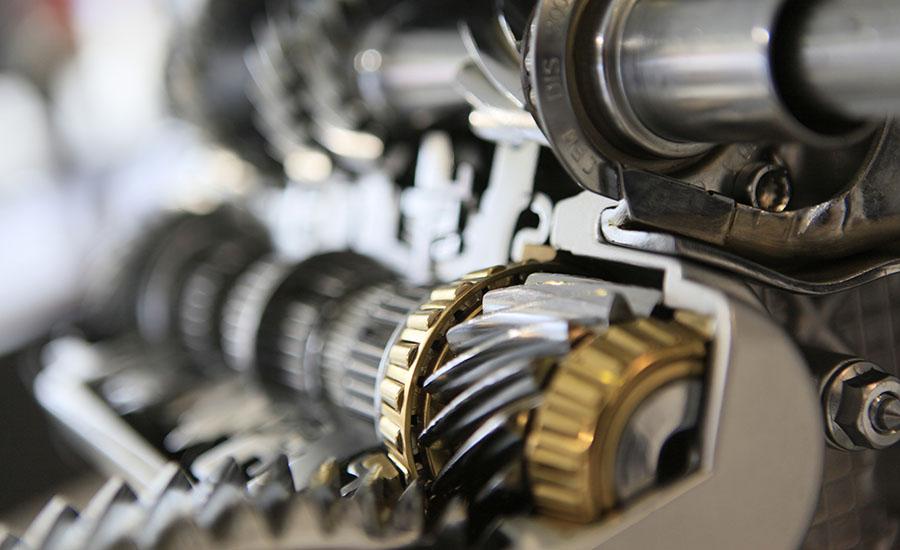
Grades:
10th Grade, 11th Grade, 12th Grade
This is part 2 of a two-part series. This lesson looks deeper into early electronic encryption tools and how they relate to cryptography today. The tools discussed are: Hebern Rotor Machine, Enigma

Grades:
4th Grade
This 4th grade STEAM lesson focuses on introducing students to Earth's four systems: Hydrosphere, Geosphere, Atmosphere, and Biosphere (excluding the Lithosphere). Students will learn about the Greek

Grades:
9th Grade, 10th Grade, 11th Grade, 12th Grade
This lesson is a follow-up to the lesson titled "Creating Sustainable Solutions with Bioplastics Part 1". In this lesson, students evaluate different ingredients for bioplastics and create a minimum

Grades:
9th Grade, 10th Grade, 11th Grade, 12th Grade
In this lesson students evaluate the advantages and disadvantages of conventional, petroleum-based plastics, bioplastics, and their different varieties. The lesson is driven by class/group research

Grades:
5th Grade
Biologists have noticed that the saguaro mortality rates have increased in Central and Southern Arizona. They don’t know why - but they have some ideas. In this unit, students will learn more about
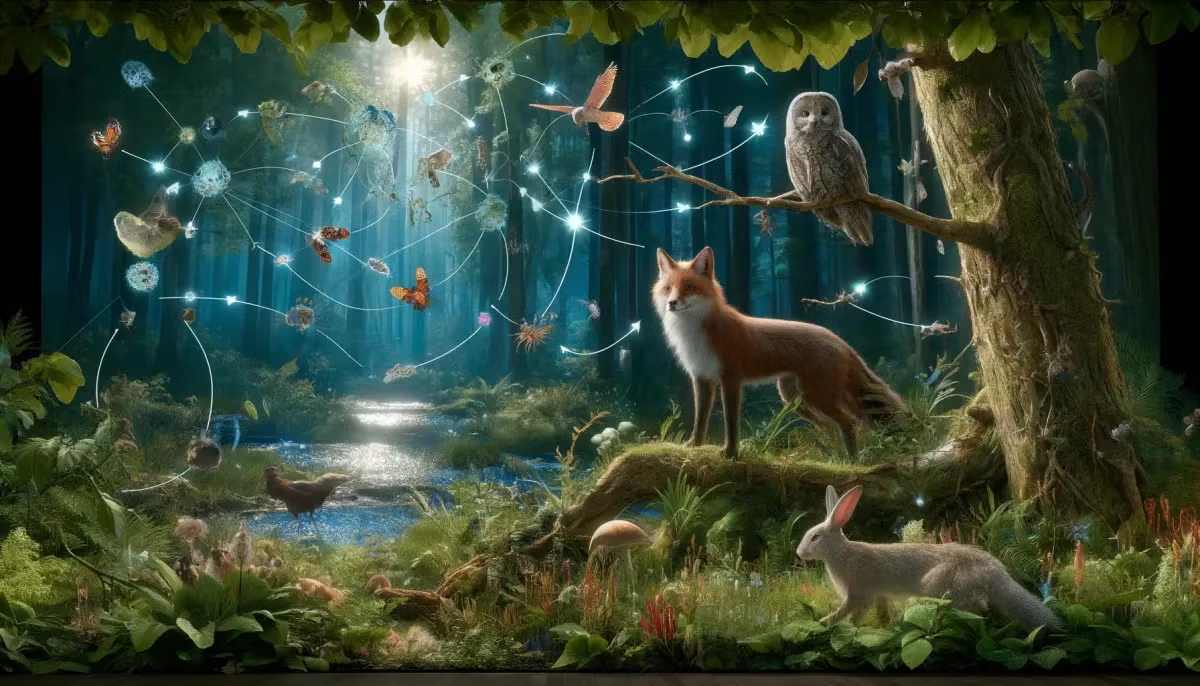
Grades:
9th Grade, 10th Grade
This is a lesson that shows how mutations can cause evolution and speciation. Students will also create graphs by using their data.
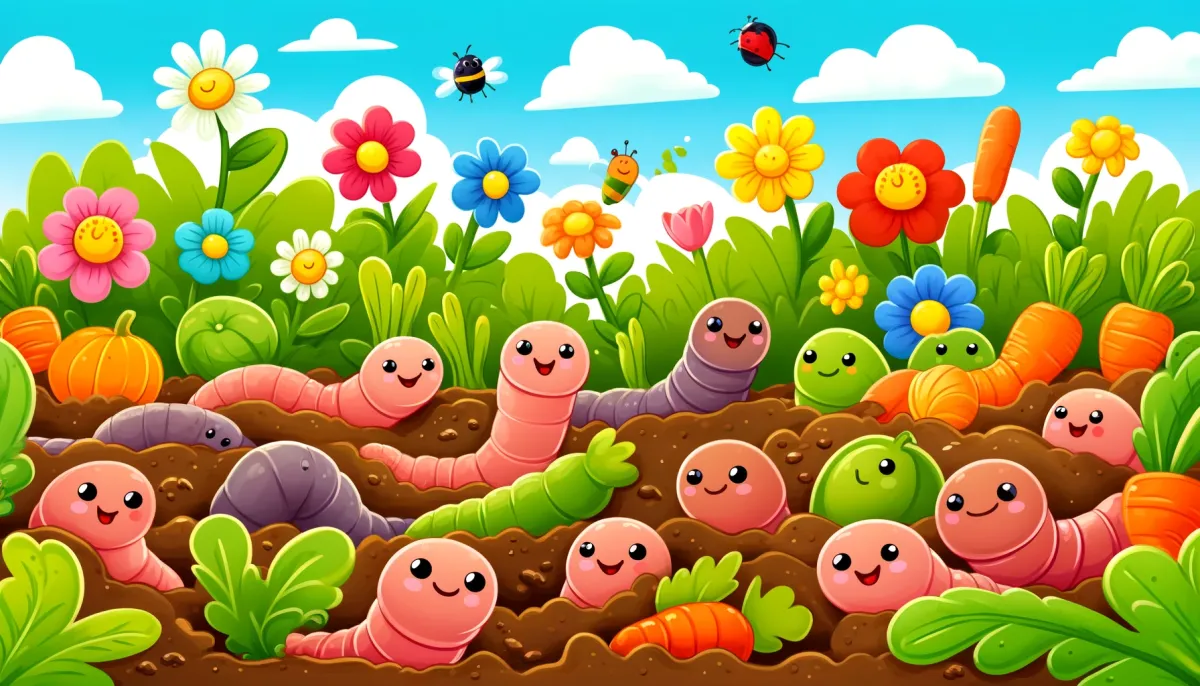
Grades:
Kindergarten, 1st Grade, 2nd Grade, 3rd Grade
This is a series of 4 lessons lasting 30 minutes each. This is the first of two slide decks of lessons focusing on worm inquiry and technology. The lessons in this slide deck use digital microscopes

Grades:
5th Grade
Students will learn the basics of coding and robotics using EdBlocks programming language to create musical sequences with Edison robots. They will explore the concepts of rhythm, pitch, and tempo

Grades:
Kindergarten, 1st Grade, 2nd Grade
In this lesson, students will be introduced to basic concepts of robotics and coding through hands-on exploration with Edison robots. They will develop foundational skills in sequencing and problem

Grades:
4th Grade
In this lesson, the students will list various kinds of animal adaptations. Demonstrate an understanding of how an animal's adaptations help it to live in its particular environment. Recognize typical
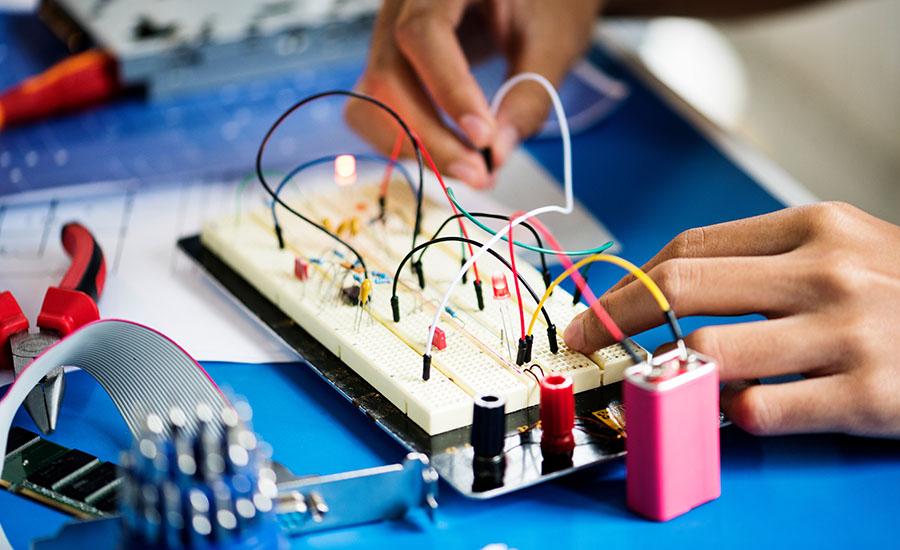
Grades:
7th Grade, 8th Grade, 9th Grade, 10th Grade, 11th Grade, 12th Grade
The purpose of this project is to have students use their knowledge of series and parallel circuits to create an electronic greeting card or an electronic game. This lesson should be given after
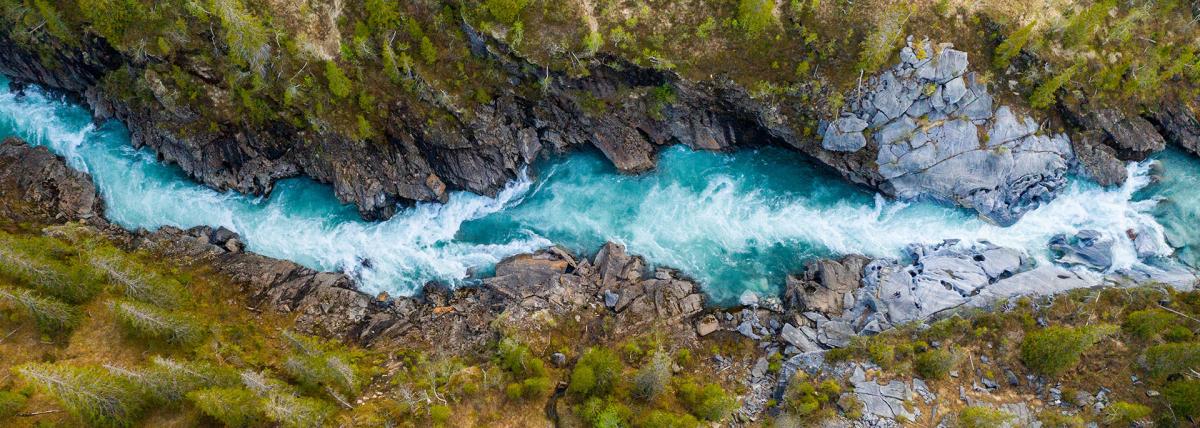
Grades:
9th Grade, 10th Grade, 11th Grade, 12th Grade
Students will delve into the intricate web of Earth systems, recognizing their interconnected nature and unlocking the secrets of Japan's geological features through observation and data collection

Grades:
3rd Grade
In this lesson there will be several small activities; on the first day students sort seeds and describe the different characteristics of the seeds; as an introduction and to engage students. Students

Grades:
7th Grade, 8th Grade, 9th Grade, 10th Grade, 11th Grade, 12th Grade
The students in this lab activity will play a competitive game with a small bouncy ball. The students will analyze the motion of the ball and apply projectile motion concepts. This activity requires
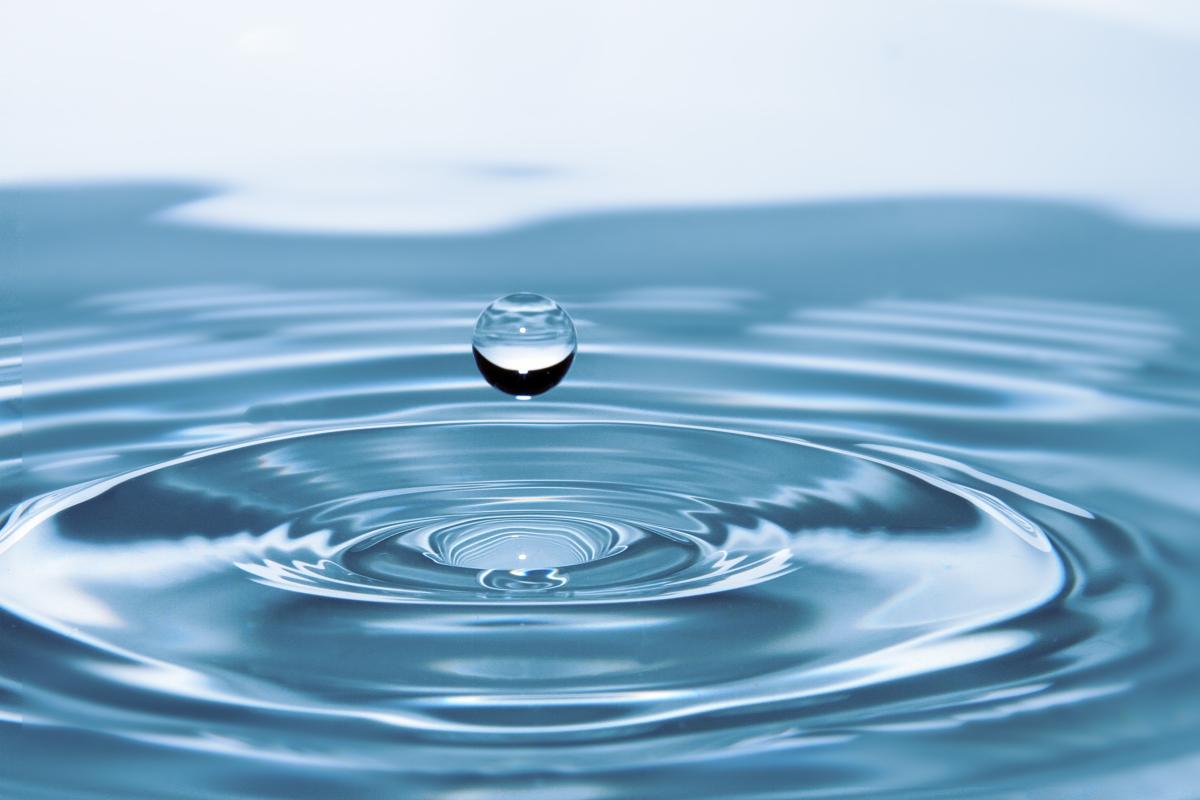
Grades:
Kindergarten
This lesson provides the opportunity for kindergarten students to develop a mock oil spill and develop methods to help ocean life after an oil spill. Student will hypothesize methods that can

Grades:
6th Grade, 7th Grade, 8th Grade
This lesson shows how to use VEX IQ robots in your classroom. There are links to the VEX free resources that can be used to help new or experienced robotics teachers.

Grades:
3rd Grade, 4th Grade, 5th Grade
Students will determine the best materials to use to build their school budget. They will create several garden models and determine which garden they ultimately want to build. Students will then
